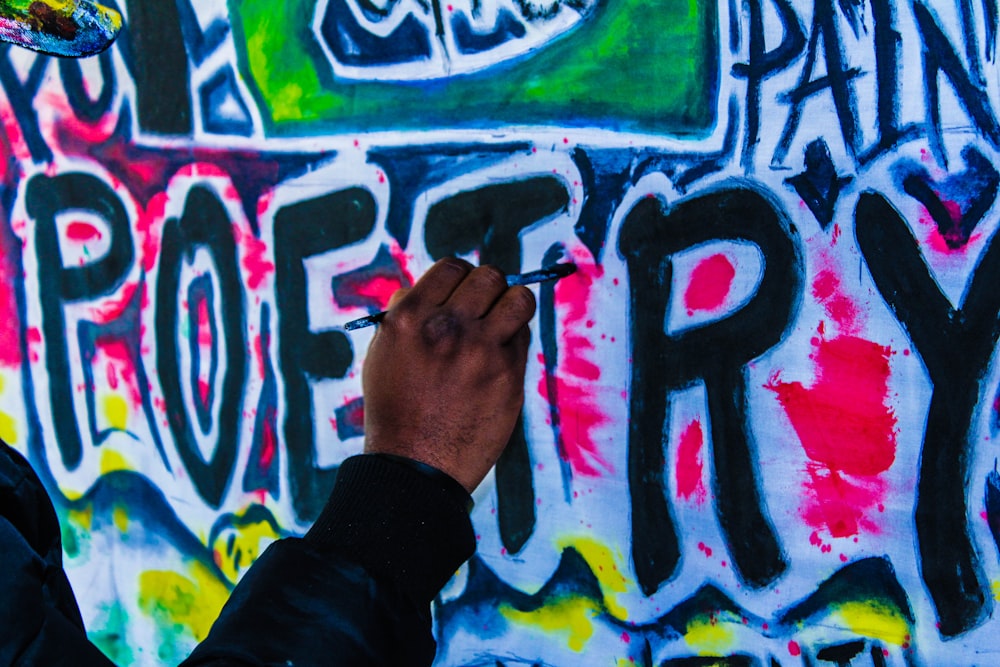
Image: Upsplash free images & pictures
Do you know why August 2021 is special? No, not because we’ve gone into another lockdown 🙁 At the end of this month, it’s Phantom National Poetry Day! (Friday 27 August).
Now I know some of you may sigh and think “poetry-smoetry!” but the poetry world is all around us in the music lyrics we sing along to, the books we read (many picture books and even some chapter books are written in verse), to even the random thoughts that pop into our heads! It’s also a great way to express how your feeling in this topsy-turvy world of ours right now.
And it’s fun to do because there are no rules! You can start your sentence halfway through, OR WRITE THE ENTIRE POEM IN CAPITAL LETTERS, or don’t use any capital letters at all! Your poems don’t even have to rhyme to still be poetry. It’s up to you – it’s your creation.
Here are just a few ideas to get you started:
Predictive poetry
Grab you phone and start a text by writing the first couple of words from a book (or newspaper article). Then simply keep adding the next word in the predictive text that you feel fits the poem you’re creating.
Here’s my example which I’ve named “The unnamed thing”:
The Unnamed Thing
And itself was very good but
The pussycat was a bit surreal.
The lake was still
Not sure how to feel…
Blackout Poetry
Blackout poetry is when you take a written piece of text from a book, newspaper, or magazine and circle the words you want to keep and cross out the ones you don’t, in order to come up with your very own poetry!
If you’ve got an iPad at home, why not try your hand at some digital blackout poetry:
Here’s my blackout poem using this Stuff Kea Kids news article:
Teddy Takes Lead
Teddy is a therapy dog
Helps people
providing plenty of cuddles
maths games and reading
See Teddy in action!
Poetry Box Lockdown Challenge
On this great NZ poetry page, there’s a new theme for you to explore every month. The August theme is
“Look at the sky and skydream”
Want to read more poetry?
…but your stuck at home? Don’t worry! Wellington City Libraries have got loads of e-resources for you to borrow. Check out our OVERDRIVE KIDS POETRY RESOURCES HERE